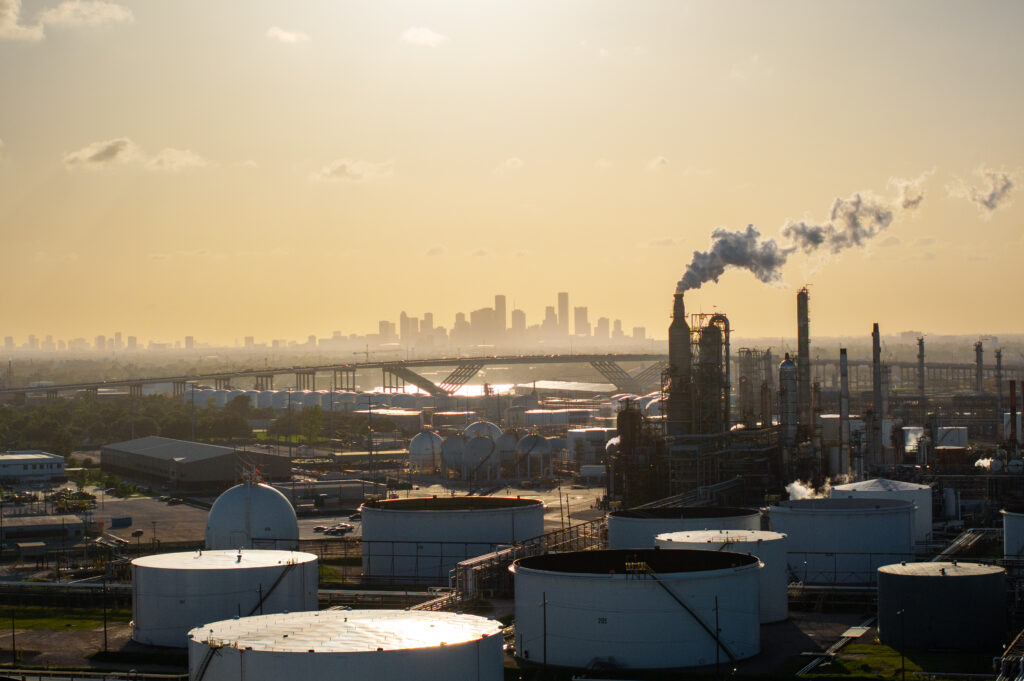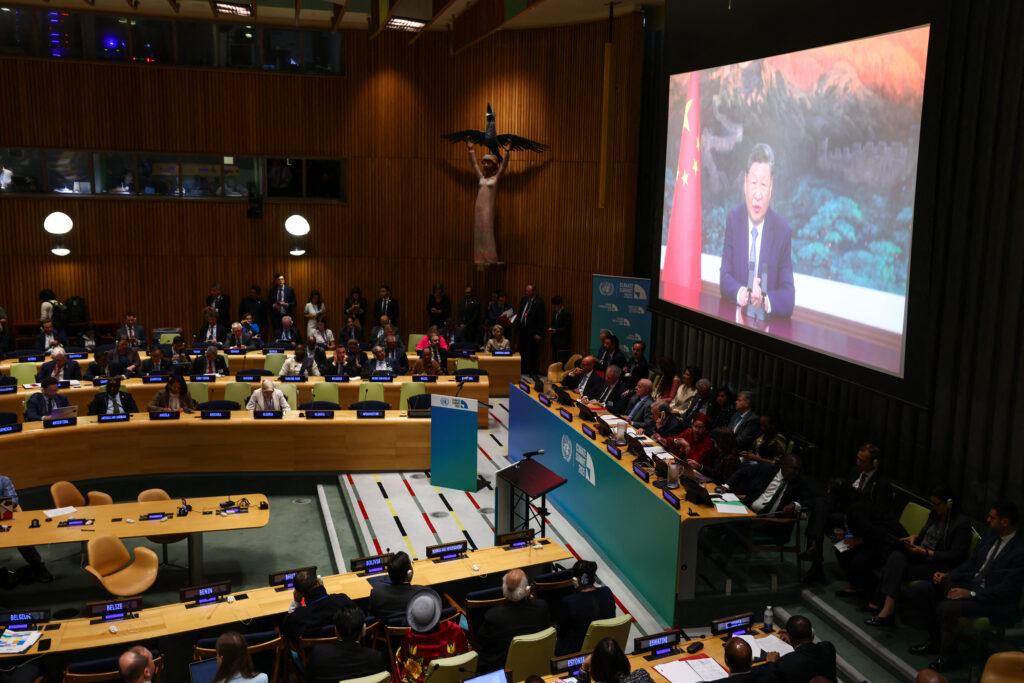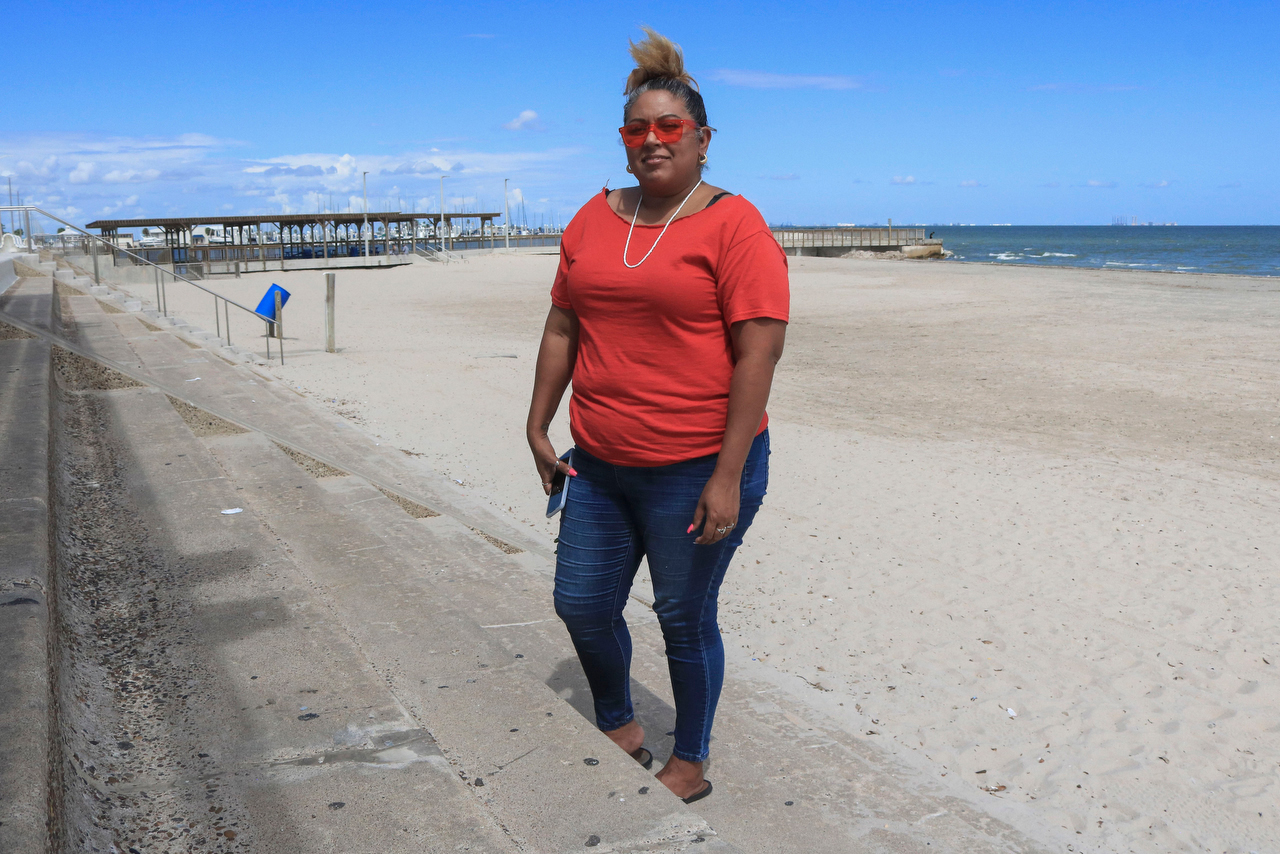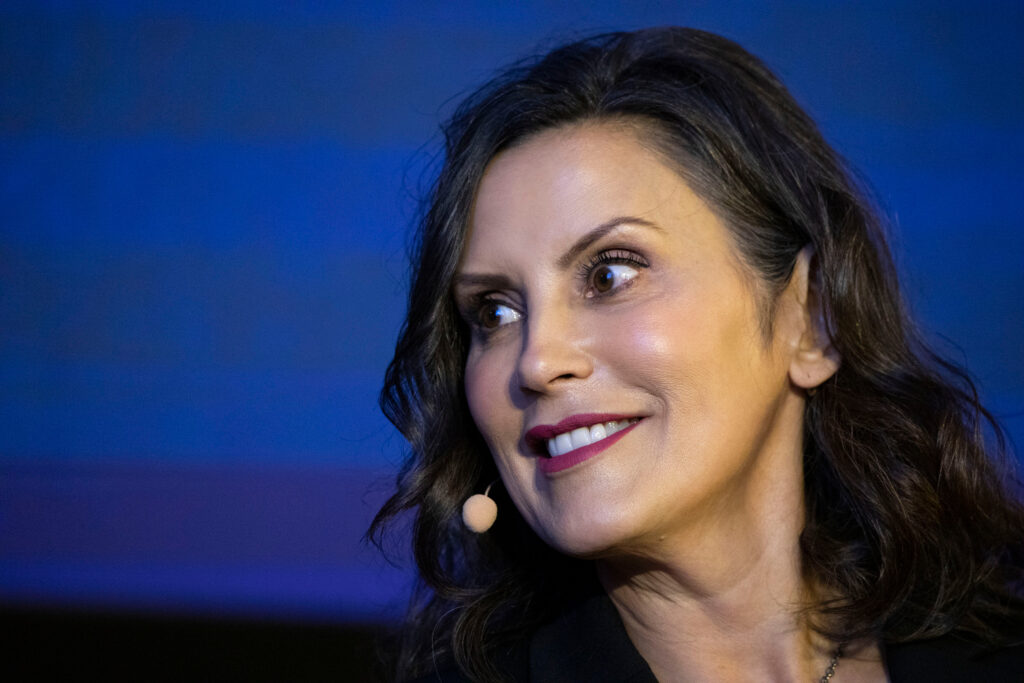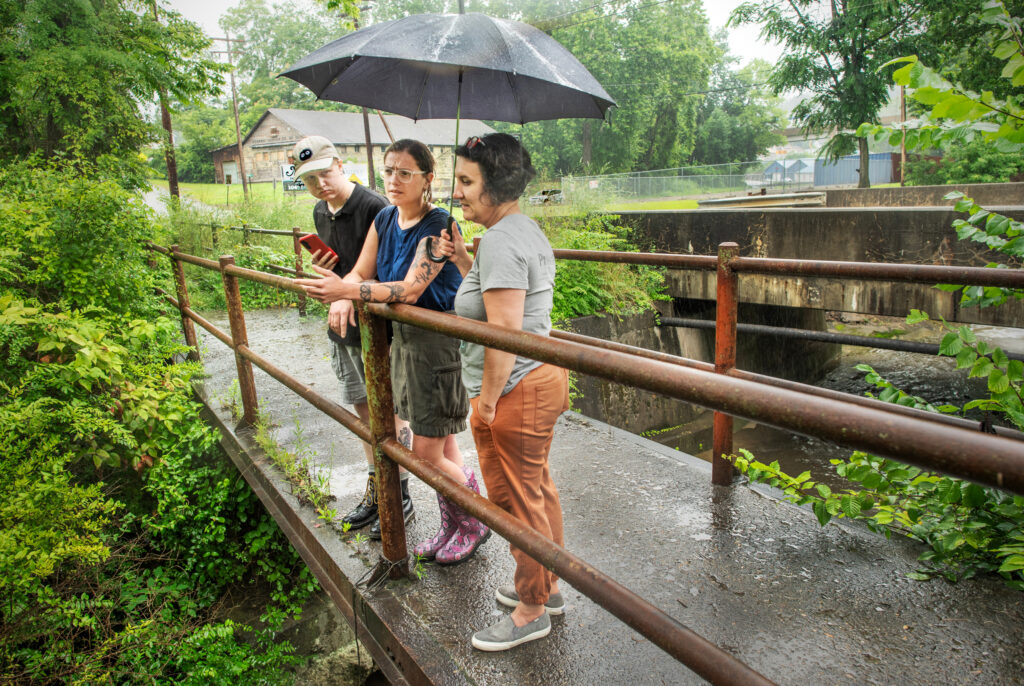So much plastic waste ends up in dumps around the world that millions of people, mostly in poor countries, make their living as “waste pickers,” sifting through mountains of trash, looking for recyclable materials to sell.
Not surprisingly, waste pickers, who work alongside burning garbage with no protective gear, are highly exposed to toxic chemicals in plastics, according to a new report assessing differences in chemical exposures between people who handle plastic and those who work in offices.
Plastics are made from more than 16,000 chemicals, most of them sourced from fossil fuels, thousands known to be hazardous, others not yet studied, the vast majority unregulated.
Environmental and health groups have long urged negotiators working on a U.N. treaty to end plastic pollution to stop using toxic chemicals in plastic. Negotiations in Geneva ended Friday without reaching an agreement during what were supposed to be the final talks, largely because oil- and plastic-producing countries, including the United States, opposed the limits on plastic production that close to 100 nations say are desperately needed. To highlight how hazardous chemicals in plastic pervade daily life, the International Pollutants Elimination Network, or IPEN, repeated an exposure experiment it launched last year, during the previous round of treaty negotiations in South Korea.
IPEN-affiliated nonprofit groups in Thailand and Kenya recruited plastic recyclers, waste pickers and office workers to wear silicone wristbands for five days at work. The wristbands absorb chemicals in the environment to simulate exposure through the lungs or skin.
IPEN also asked a dozen U.N. officials and treaty delegates to wear the wristbands last year, and added four more delegates this year.
The wristbands were analyzed at an independent lab for representatives of six classes of unregulated chemicals associated with plastics that have known or suspected health risks. The study authors treated office workers as a control group, thinking their exposures would be minimal.
Yet all the participants, even Luis Vayas Valdivieso, chair of the U.N. plastics treaty negotiating committee, were exposed to at least 21 of 73 chemicals from all six classes.
There was just a slight difference in exposure between the plastic workers and office workers, which is “extremely concerning,” said Dorothy Adhiambo Otieno, an author on the report, at a press conference in Geneva Wednesday announcing the study results.
“It doesn’t matter whether you’re a waste picker working in a dump site or you’re a person who works in the office,” said Otieno, a project manager at the Centre for Environment Justice and Development in Kenya who wore a wristband for the study. “Wherever you are, you are exposed to these toxic chemicals almost at the same level.”
“In our work we see in study after study that plastics are exposing people to toxic chemicals, transporting them into our homes and into the environment,” Therese Karlsson, an IPEN science advisor, told Inside Climate News.
“Less than one percent of plastic chemicals are regulated internationally and these weeks made it very clear that the majority of the world’s countries want better protection for human health, but that a few oil-producing countries are blocking that progress,” Karlsson said.
“This is a wake-up call,” said Veena Singla, a scientist at the University of California, San Francisco program on reproductive health and the environment, who was not involved in the study.
The study shows it’s not just waste workers on the other side of the world who are exposed, Singla said. “These same plastic chemicals are in all of our homes and all of our lives.”
A class of chemicals called phthalates—nicknamed the “everywhere chemical” for their widespread use in everything from personal care and cleaning products to food packaging and electronics—were detected at the highest concentrations in every wristband.
Just as plastics contribute to climate change throughout their life cycle—releasing greenhouse gases when they’re produced from fossil fuel feedstocks and burned as waste—their chemical cargo can enter the environment and pose risks to workers and consumers throughout their life cycle, the IPEN report warned.
The consequences of these exposures are substantial all across the globe, said Leo Trasande, an expert on hormone-disrupting chemicals and director of the Division of Environmental Pediatrics at New York University School of Medicine, during the briefing.
“Plastic materials hack our hormones, our natural signaling molecules that underlie practically every biological function known to humankind,” Trasande said. “The effects of plastic chemicals on people’s lives run from cradle to grave.”
Trasande did not contribute to the report but was in Geneva for the plastic treaty talks as an observer on behalf of the Endocrine Society, an organization of 18,000 scientists and doctors from 120 countries.
The society is focused on reducing plastic production and creating lists of chemicals of concern in plastic materials, Trasande said. “Health is a crucial part of the treaty.”
“It’s very clear that the two main articles on problematic plastics and chemicals of concern are moving forward,” said IPEN Executive Director Bjorn Beeler, about key provisions of the treaty.
A proposal from Switzerland and Mexico that includes global regulations on dangerous chemicals in plastic had 65 countries signing on when the talks started and ended with 89 countries co-signing, Beeler said. “It is the epicenter of the treaty, as it should be, because more and more governments are clearly saying they want to protect human health.”
Karlsson hopes that when the talks continue, countries will return to the negotiating tables with renewed strength to prevent industry interests from blocking protection of human health and the environment.
Otherwise, she said, “I will continue to be exposed to plastic chemicals without my knowledge, without my consent and without global controls.”
About This Story
Perhaps you noticed: This story, like all the news we publish, is free to read. That’s because Inside Climate News is a 501c3 nonprofit organization. We do not charge a subscription fee, lock our news behind a paywall, or clutter our website with ads. We make our news on climate and the environment freely available to you and anyone who wants it.
That’s not all. We also share our news for free with scores of other media organizations around the country. Many of them can’t afford to do environmental journalism of their own. We’ve built bureaus from coast to coast to report local stories, collaborate with local newsrooms and co-publish articles so that this vital work is shared as widely as possible.
Two of us launched ICN in 2007. Six years later we earned a Pulitzer Prize for National Reporting, and now we run the oldest and largest dedicated climate newsroom in the nation. We tell the story in all its complexity. We hold polluters accountable. We expose environmental injustice. We debunk misinformation. We scrutinize solutions and inspire action.
Donations from readers like you fund every aspect of what we do. If you don’t already, will you support our ongoing work, our reporting on the biggest crisis facing our planet, and help us reach even more readers in more places?
Please take a moment to make a tax-deductible donation. Every one of them makes a difference.
Thank you,





